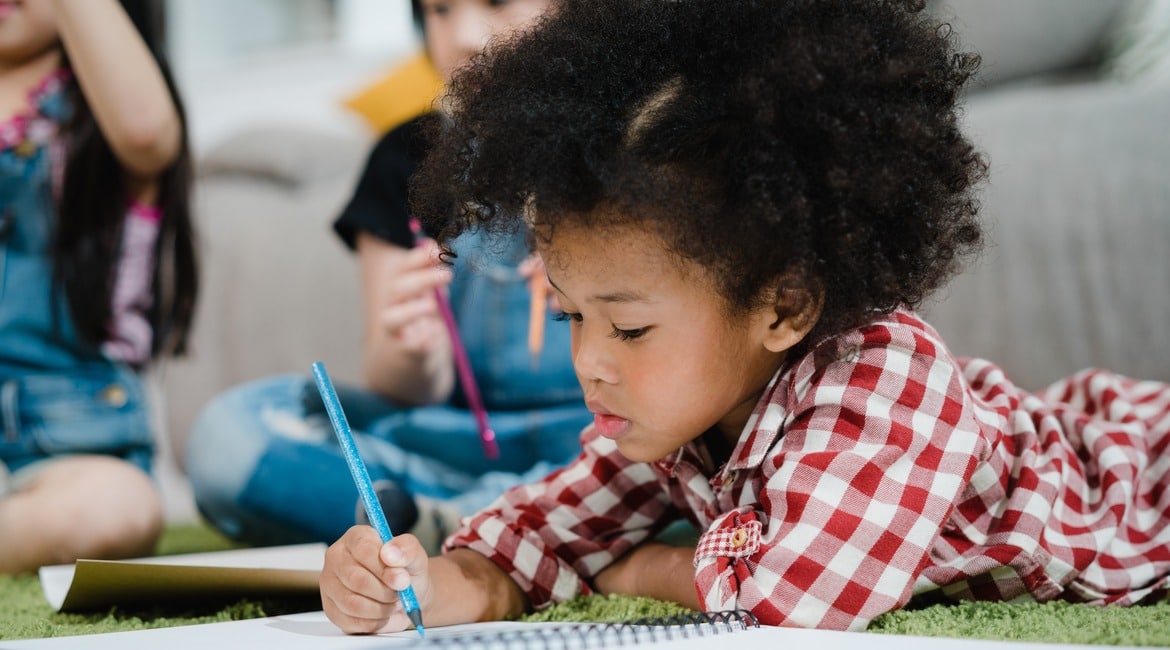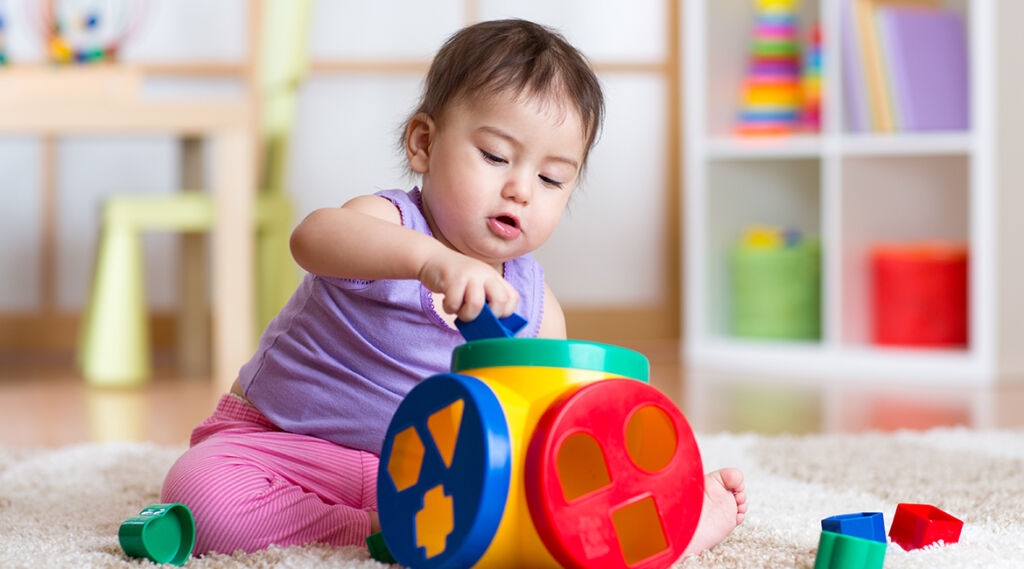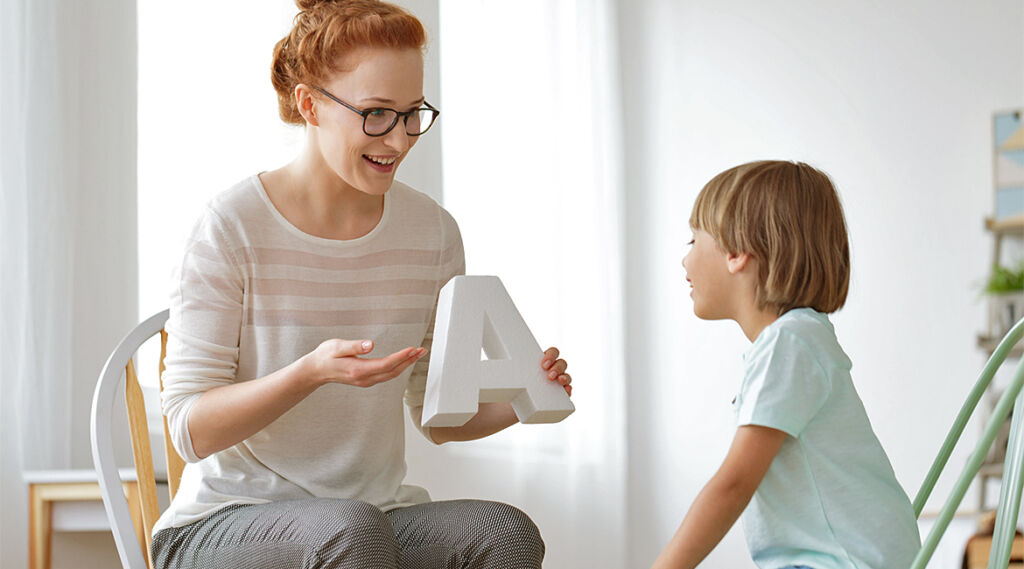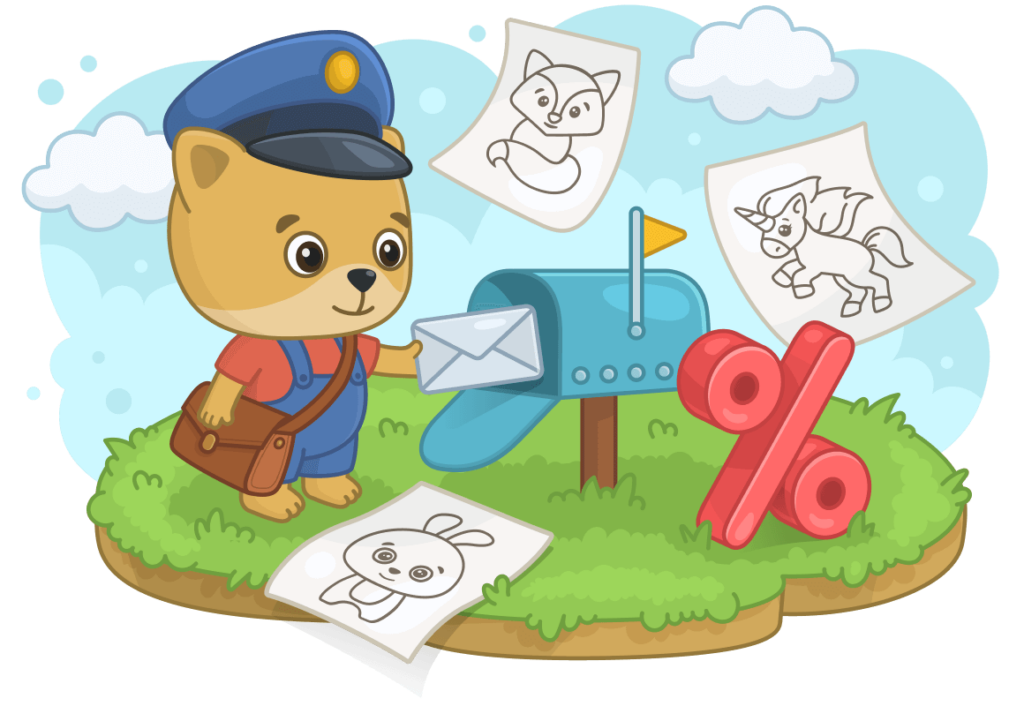The day your pre-schooler writes his or her first name is one of the first great academic achievements you see as a parent. But did you ever wonder what steps your child took to reach that goal? Would it surprise you to know those steps are rooted in the arts?
Scribbling is the Pre-Cursor to Writing
From your baby’s earliest days, grasping a crayon and scribbling on paper was a beloved activity. This may have seemed like an unimportant way to pass time, but this artistic endeavor was actually helping your child learn to write. Your baby was forming the foundations of writing skills: holding a pen or pencil, determining the appropriate amount of pressure on the paper, and creating curved and straight lines.
Creating Neural Connections
Whether your little one is painting, coloring, or drawing, artistic activities create neural connections in the developing brain. As your child experiences stimulation to their five senses, neurons are firing in the brain, creating the building blocks of new knowledge. Children create and connect artistic activities with the world around them and this helps them to make sense of their world.
Making Decisions
Art in any form requires decision-making. Which color? Which pencil? Which paint? Making decisions strengthens critical thinking skills and reasoning abilities. When faced with a decision, your child will consider all the choices and possible outcomes. This is an exercise in problem-solving that will serve your child well as s/he gets older.
Building Motor Skills
In all of its forms—crafting, knitting, painting—art involves motor skills. Squeezing bottles of glue, rolling playdough, or controlling a marker all build motor skills. These activities are fun yet require varying levels of skill. Children tend to stay engaged with activities they enjoy, so their skill increases while they are having a great time creating their masterpieces!
Encouraging Language Development
Children involved with art love to talk about what they have created—especially when they have an involved, caring adult in their lives showing interest. Questions like, ‘Can you tell me about this picture?’ and, ‘What is happening in this part of your drawing?’ will encourage your child to use descriptive language related to art. Your child will also learn terms for art supplies and techniques, even at a young age. “Paint” will grow into “Tempera,” “Acrylic,” and “Watercolor.”
Building Self Esteem
Studies show that the act of trying something new, even if the child doesn’t report feeling particularly successful, is strongly correlated with rising self-esteem. Art has shown a very strong correlation, because of the self-expression children feel when participating in art activities.
Music is an Art, Too!
How does Music fit into this? According to PBS, America’s Public Broadcasting System, “Recent studies have clearly indicated that musical training physically develops the part of the left side of the brain known to be involved with processing language, and can actually wire the brain’s circuits in specific ways.” Music education has physical benefits to your child’s growing brain when introduced in the early years!

Introducing your child to music improves language acquisition, math, and listening skills. Additionally, according to DoSomething.org, schools that introduce music education in earlier years report higher graduation rates: in some cases 20% higher. School systems with music programs also report higher attendance on a regular basis, and consistent attendance is positively correlated with higher test scores and overall academic achievement.
So, What Does This All Mean?
In short, introducing your child to art in the early years has many academic and developmental benefits. Exposure to the fine arts and music increases the chances for success later in life. Here is a quick look at some of the most important points:
- Children involved in the arts are less likely to receive disciplinary referrals, because the arts are an outlet for big emotions and frustrations
- Children who have arts in their young lives score higher on standardized tests in language as well as math, because the fine arts and music encourage both skills
- Business leaders cite ‘creative thinking’ as the number one skill they look for when hiring new employees; children who have been involved with the arts have been developing their creative thinking skillset from a young age
- Young students who have been involved with the arts are 5x less likely to drop out of school later on, most likely because they have already fostered a love for one school subject, which keeps them connected to the academic world
- Children who have a creative outlet are 4x more likely to be recognized for academic achievement. Art and music overlap with language, math, literature, science, foreign language, and just about every other subject, reinforcing those areas
Bonding
Possibly the most important reason arts in the early years is important for your child is the bonding that occurs when you do it together. There is no substitute for creating art together, or singing together, creating something beautiful where there had been nothing before. Together you and your child can discuss what you create, what your likes and dislikes are, and how you are similar. In similar, creating art together will bring you closer.



